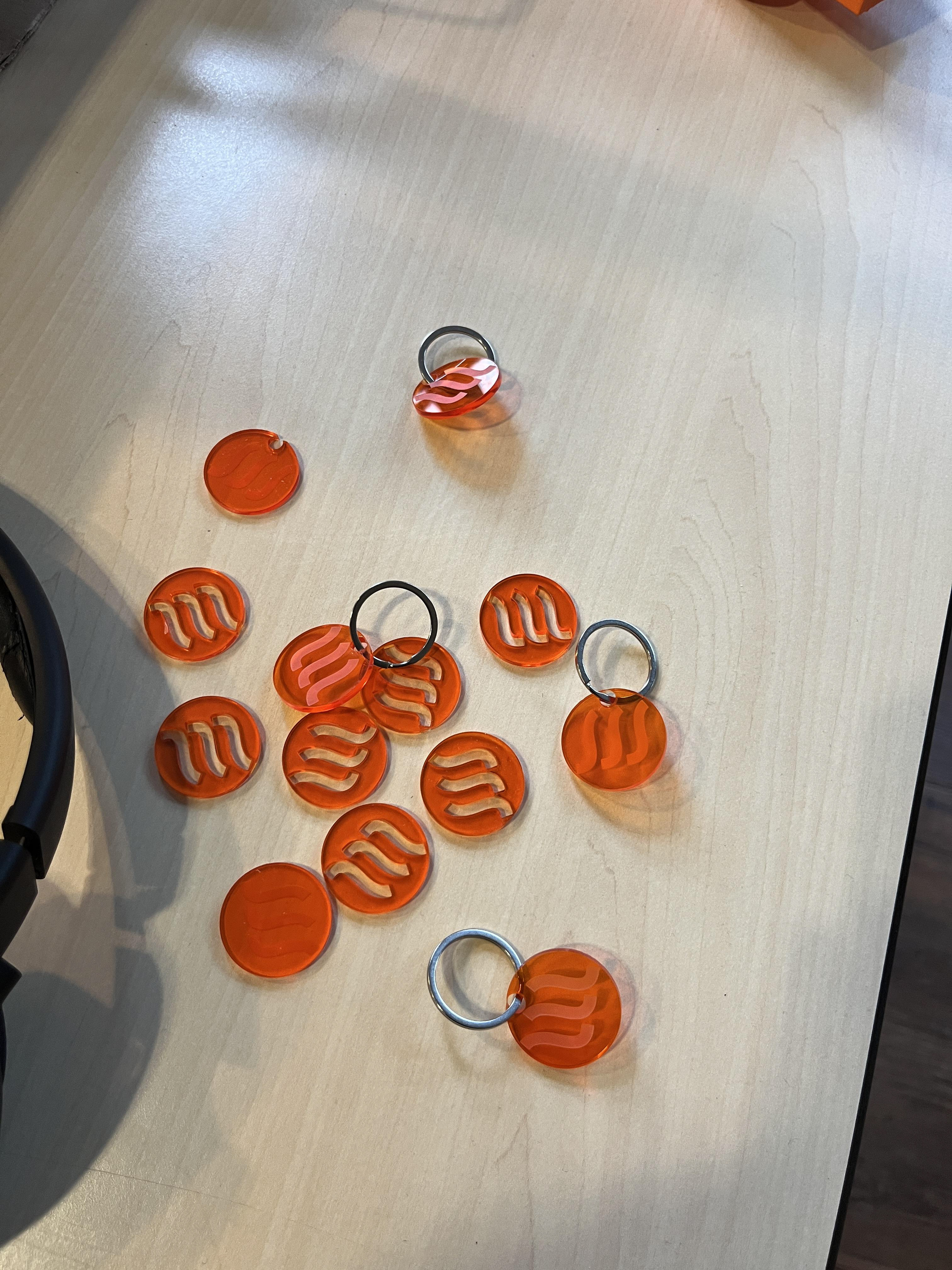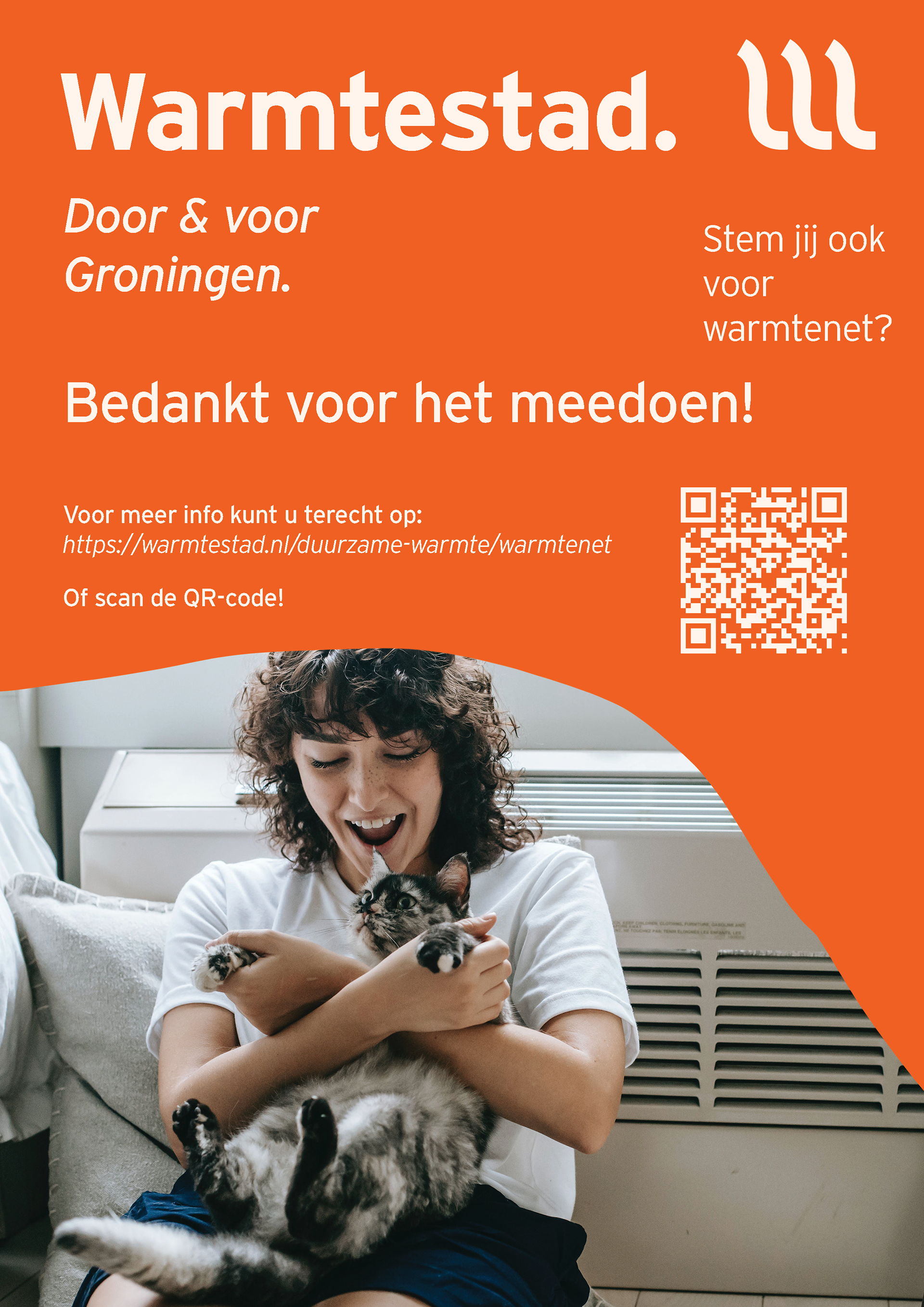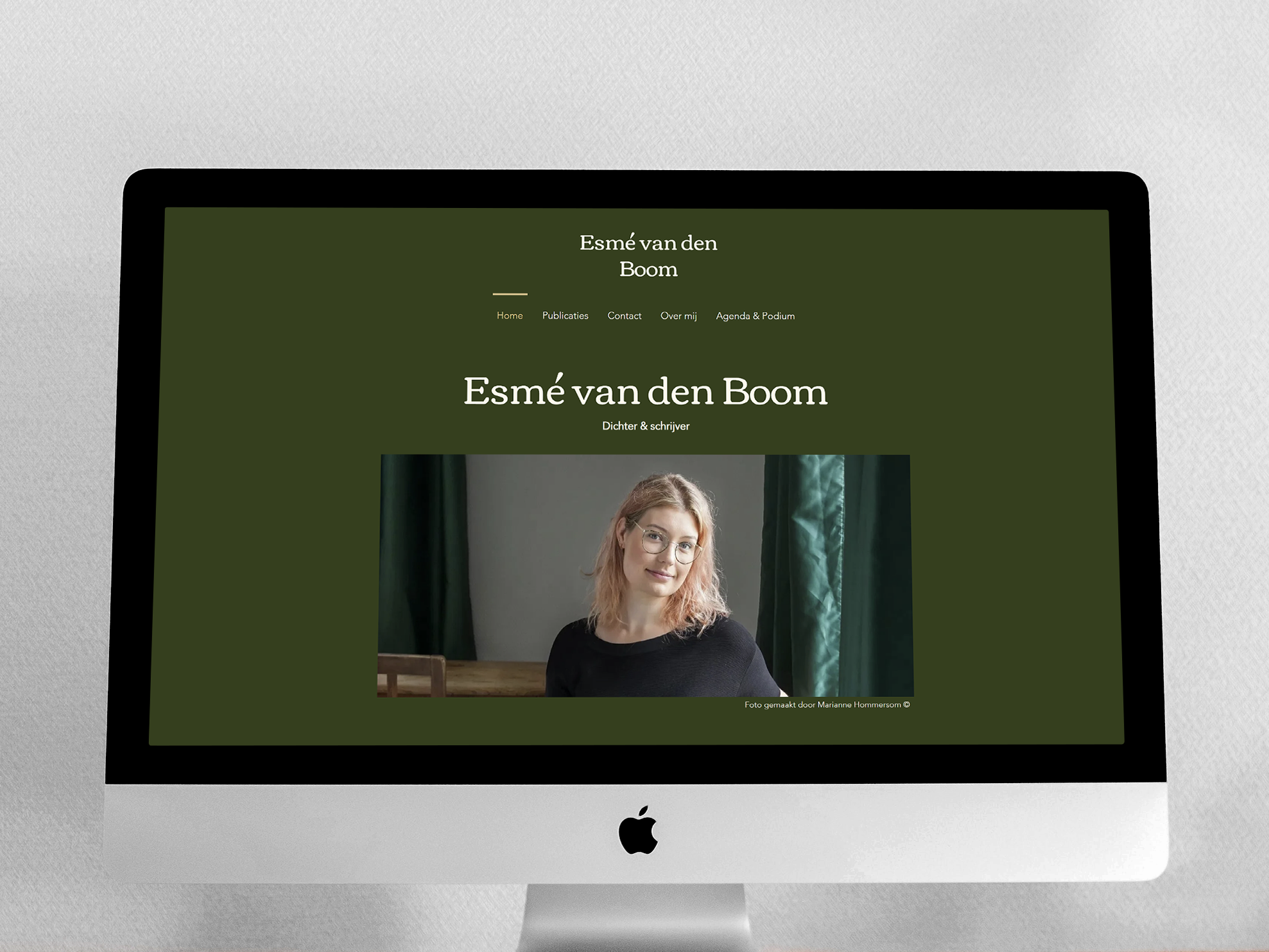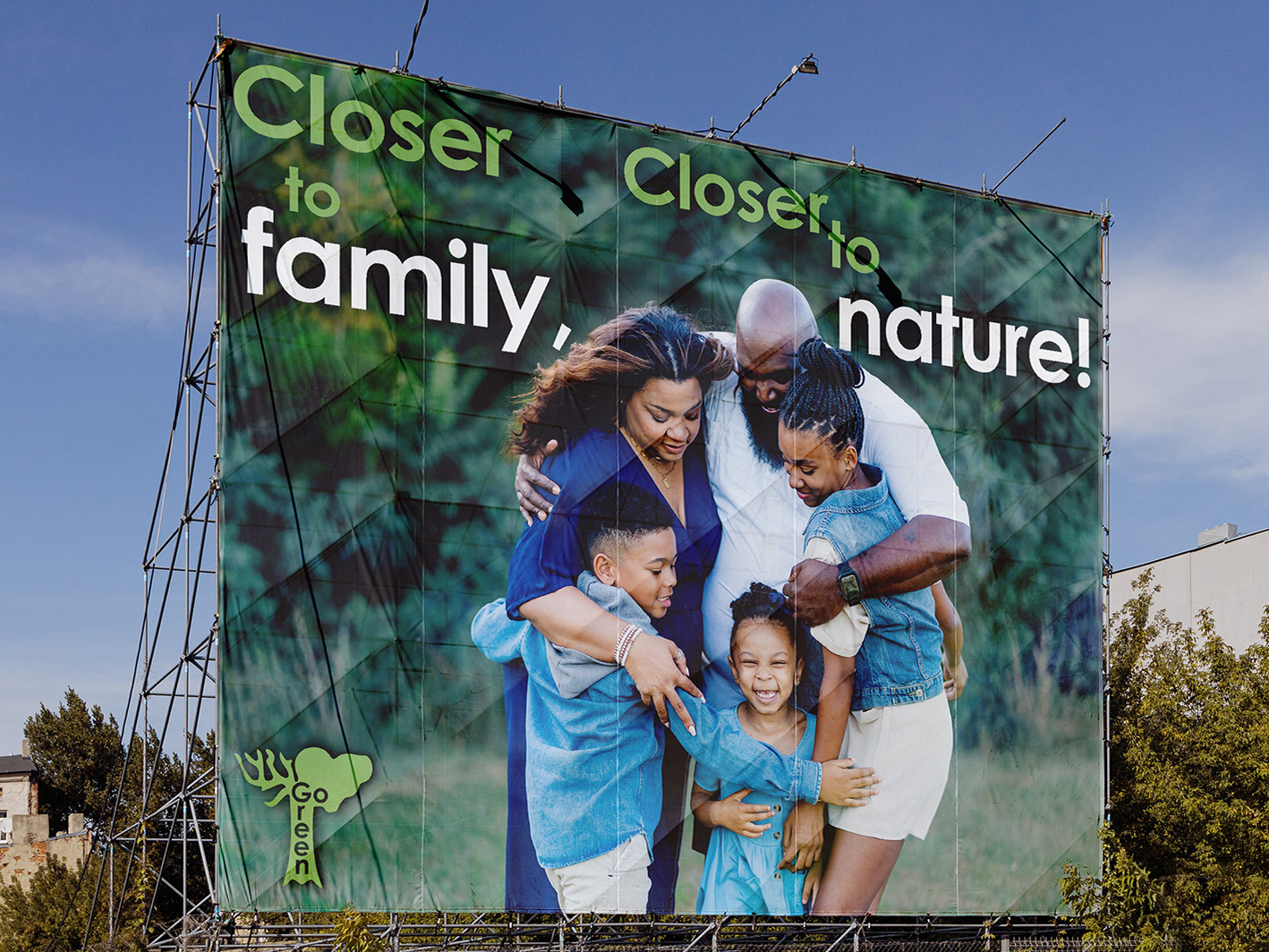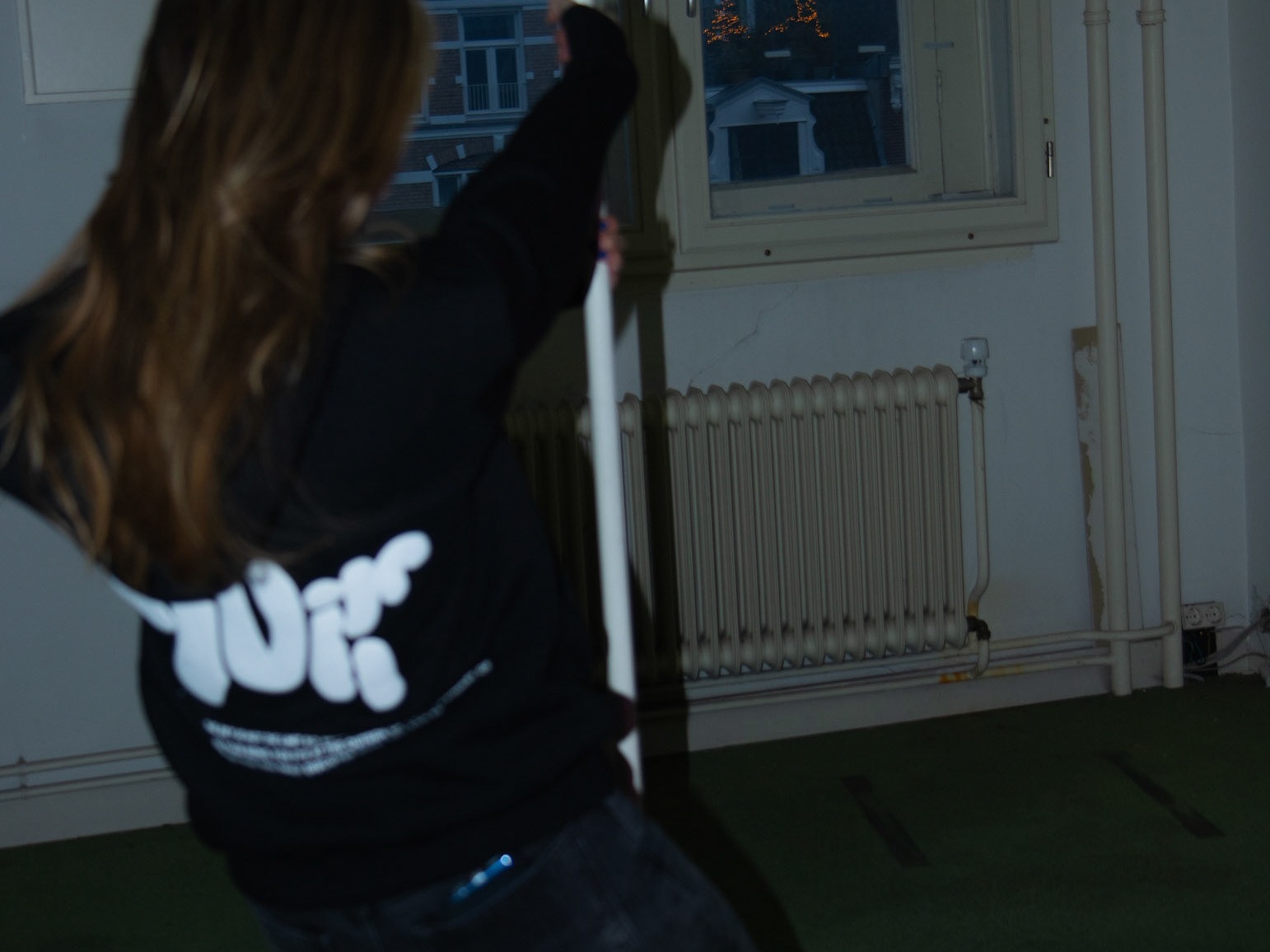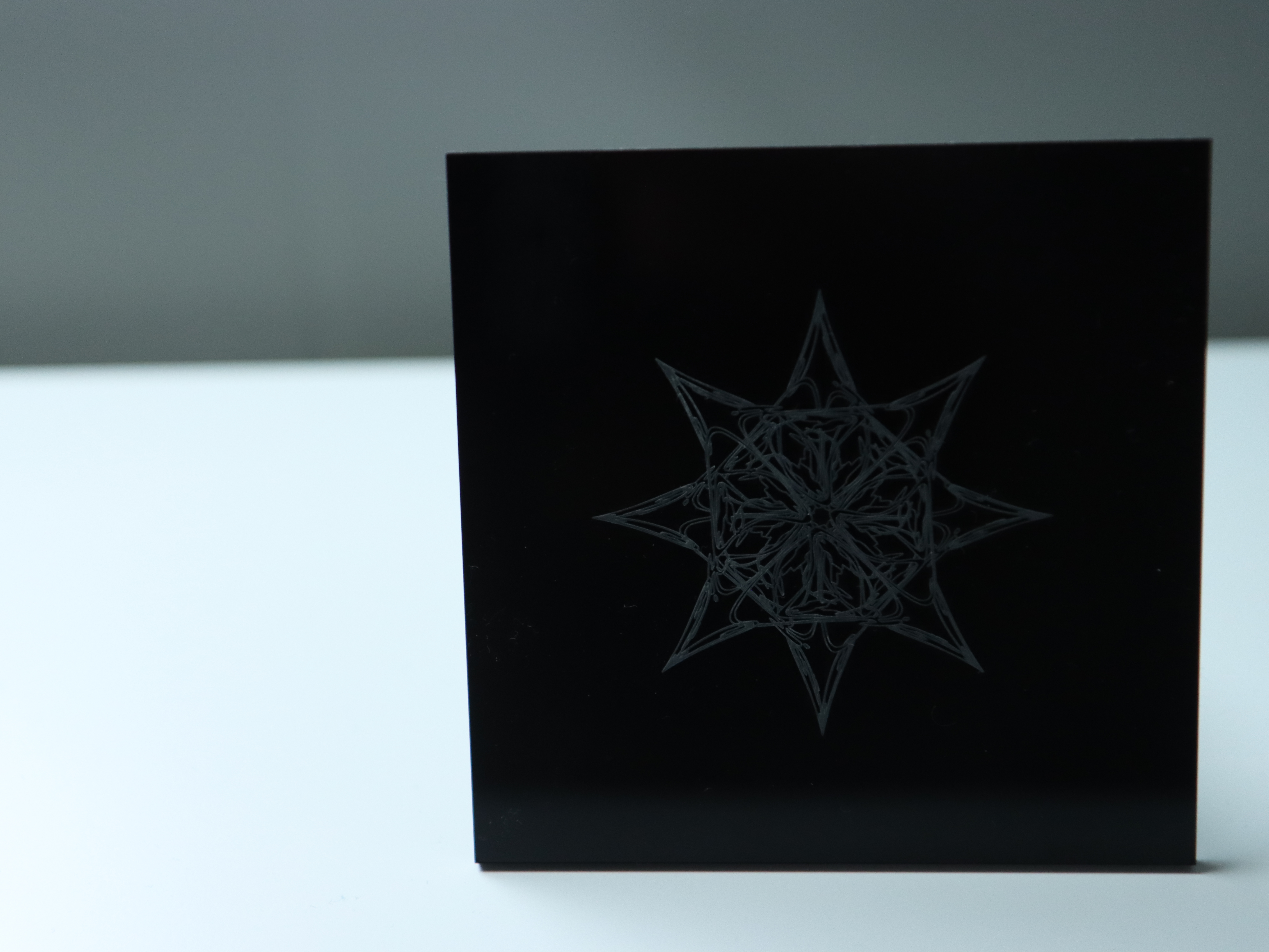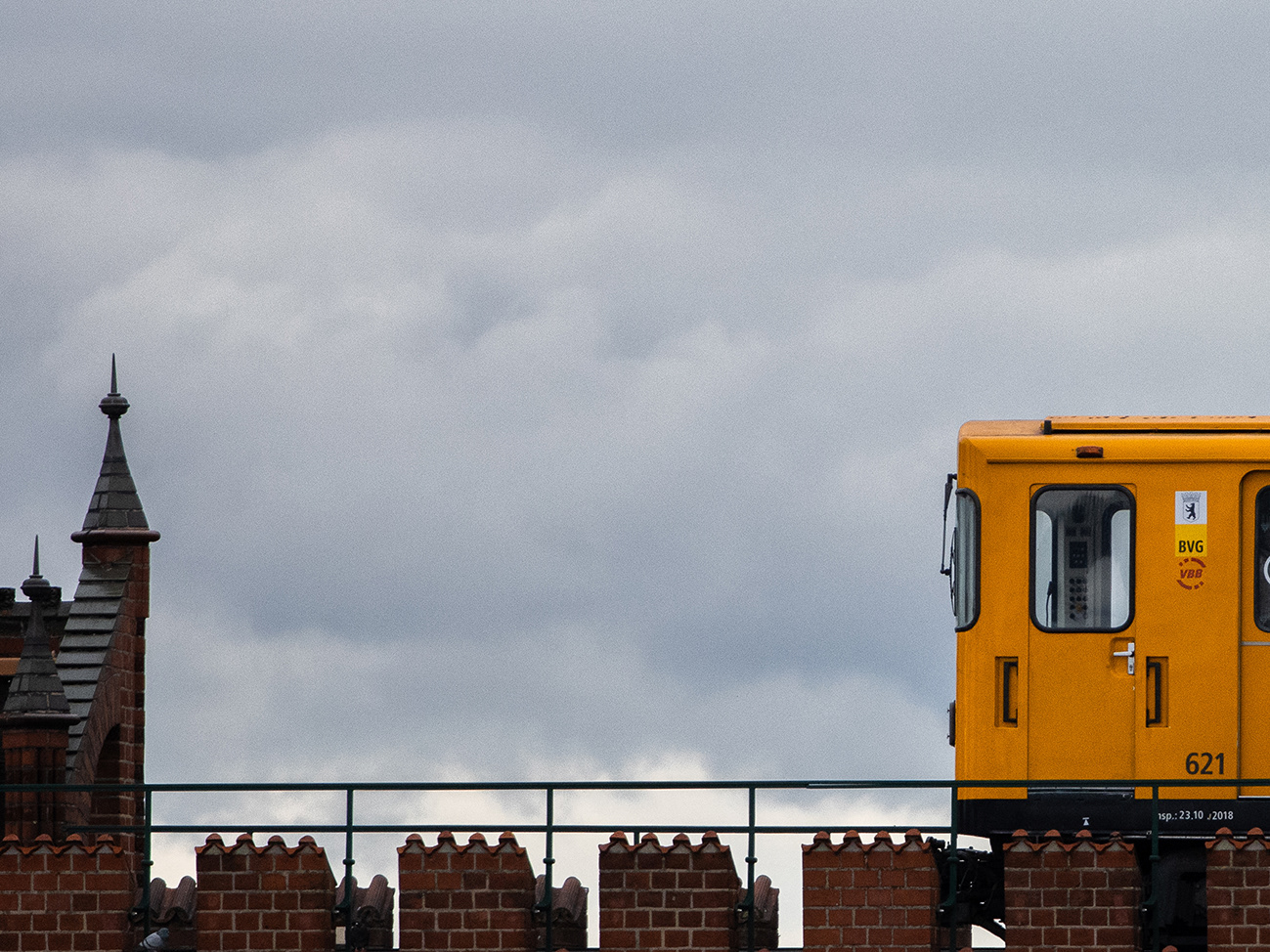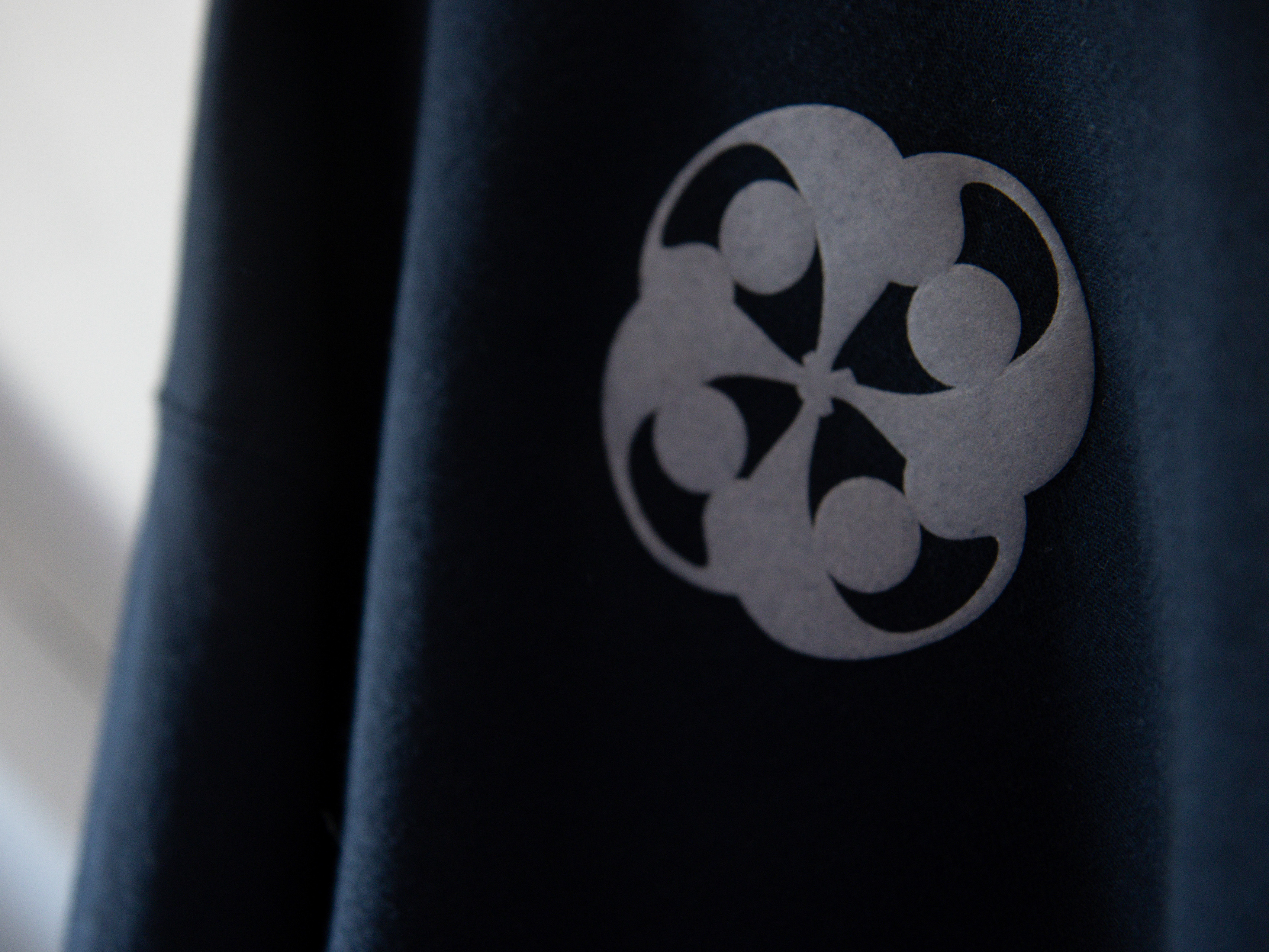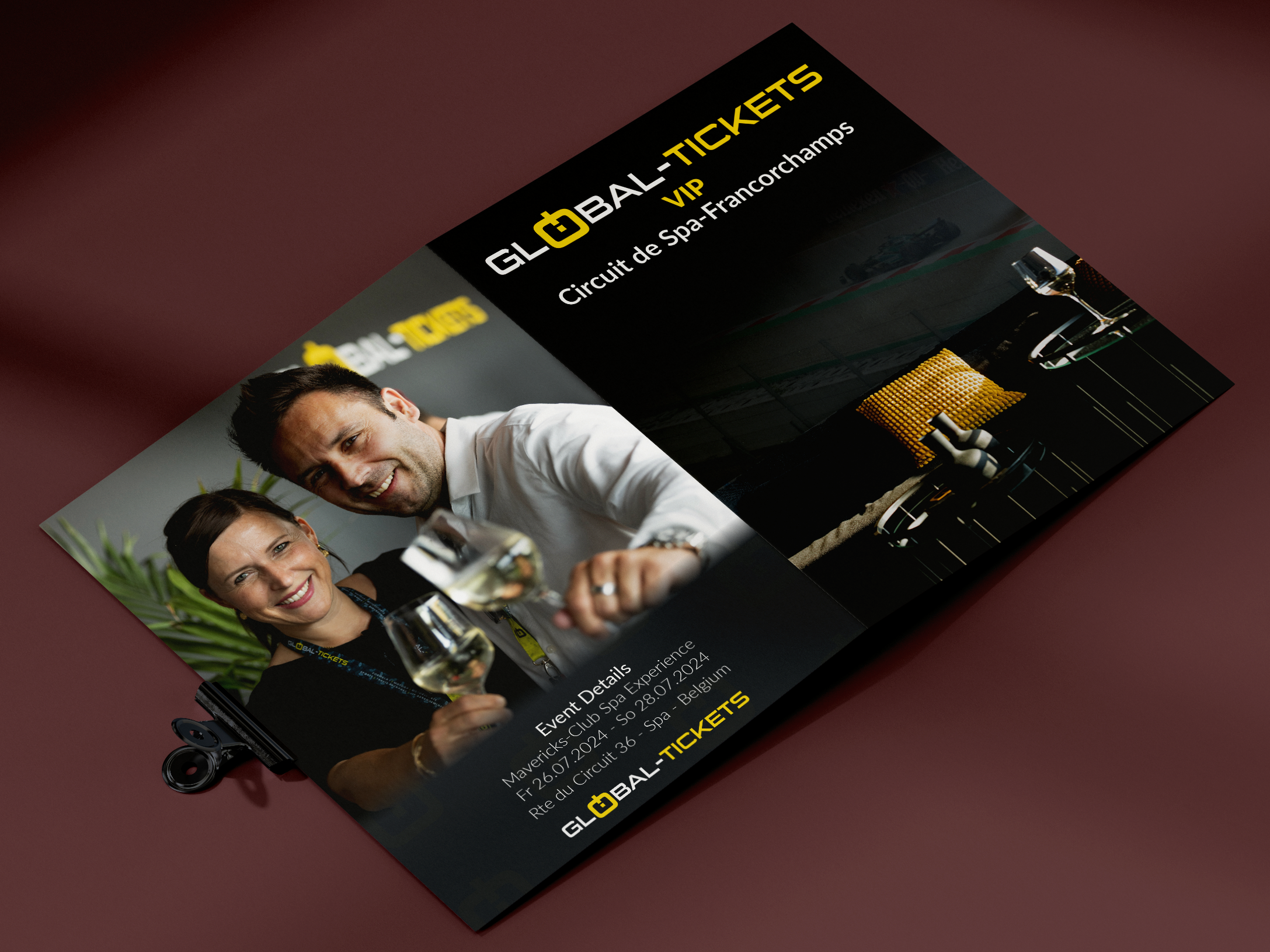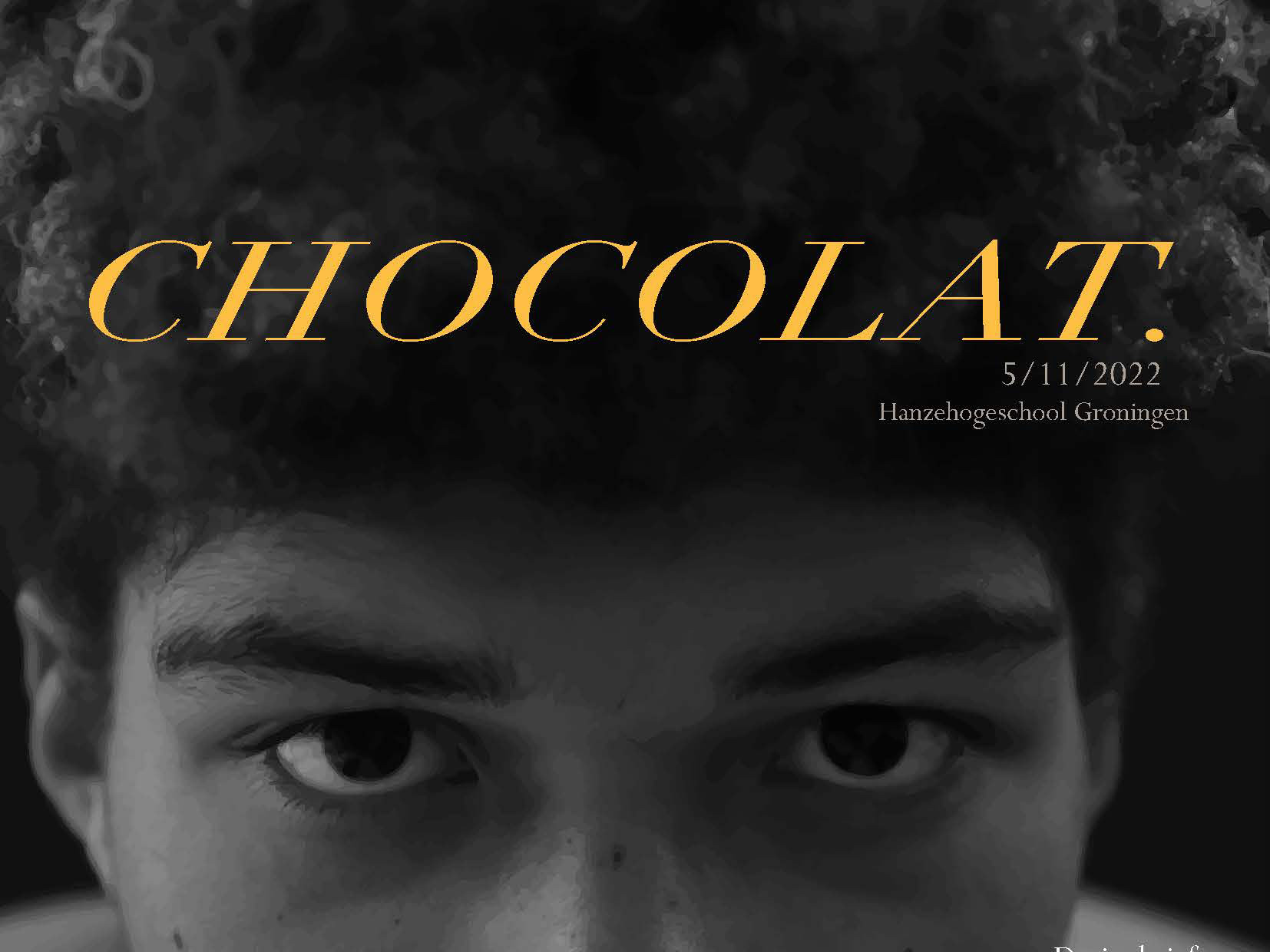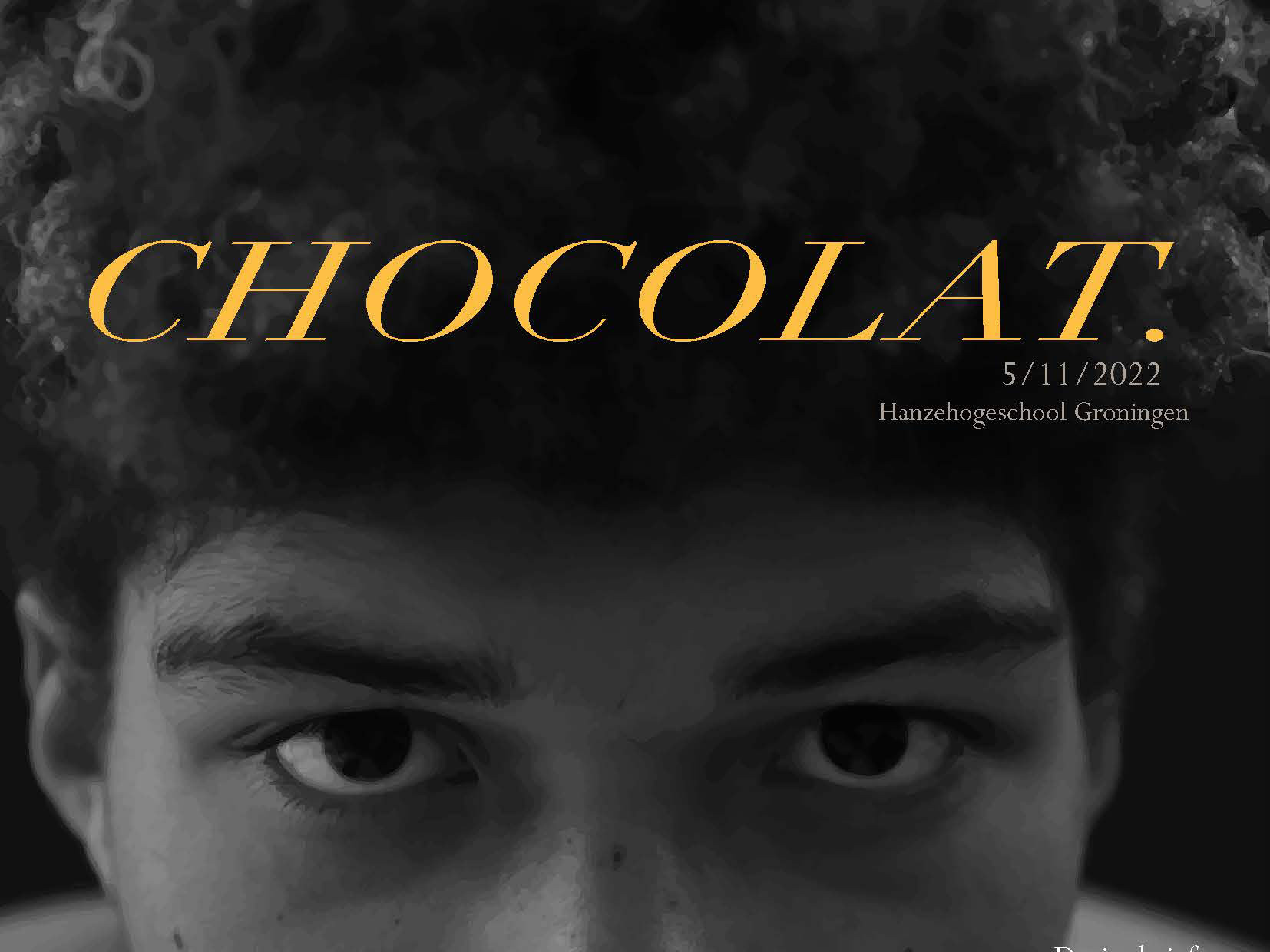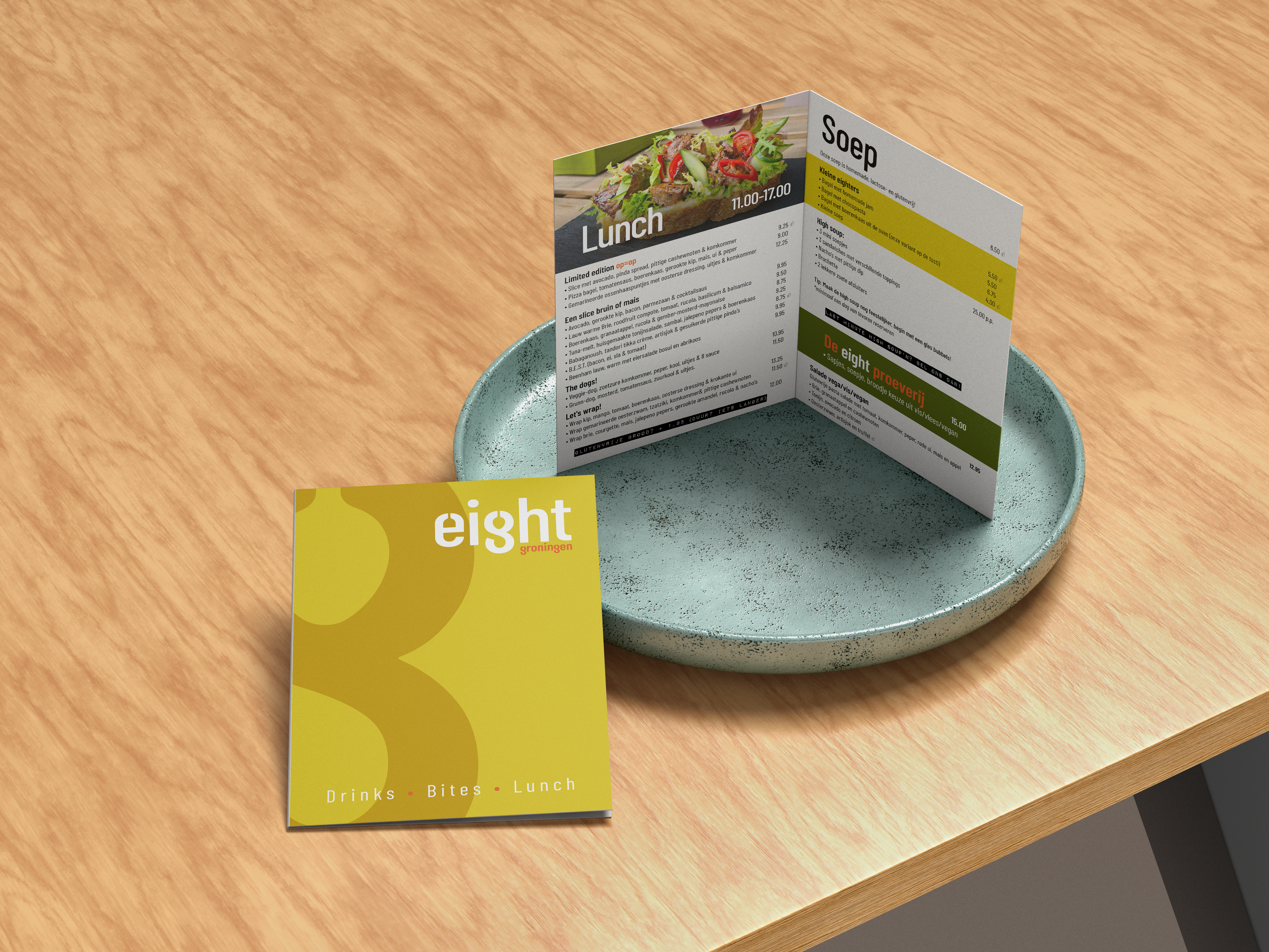WarmteStad is a company that wants to install a district heating network in the neighborhoods Selwerd, Paddepoel, and Vinkhuizen of Groningen.
According to WarmteStad, these are some of the poorer areas of Groningen, where many residents have low literacy levels or a migration background.
As a result, they may struggle with the Dutch language or have difficulty understanding written texts in general.
As a result, they may struggle with the Dutch language or have difficulty understanding written texts in general.
Together with my team, I was responsible for ensuring that these residents were informed about the heating network in a fun and interactive way—so that they understand what to expect and might even be persuaded to participate.
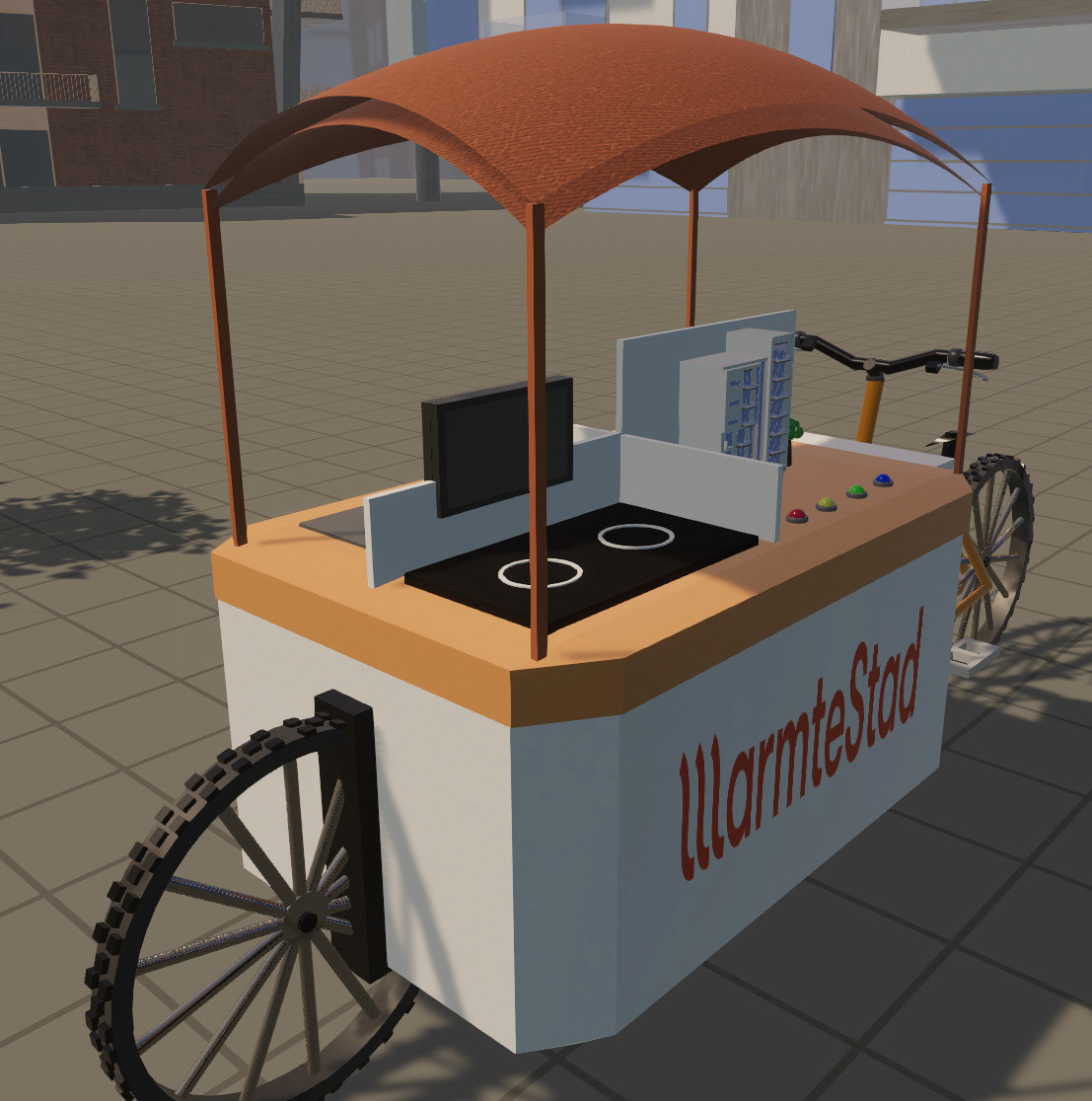
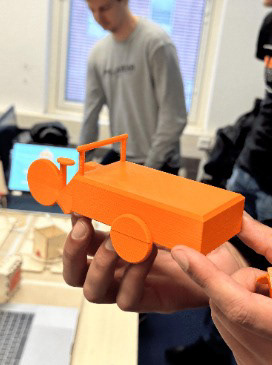
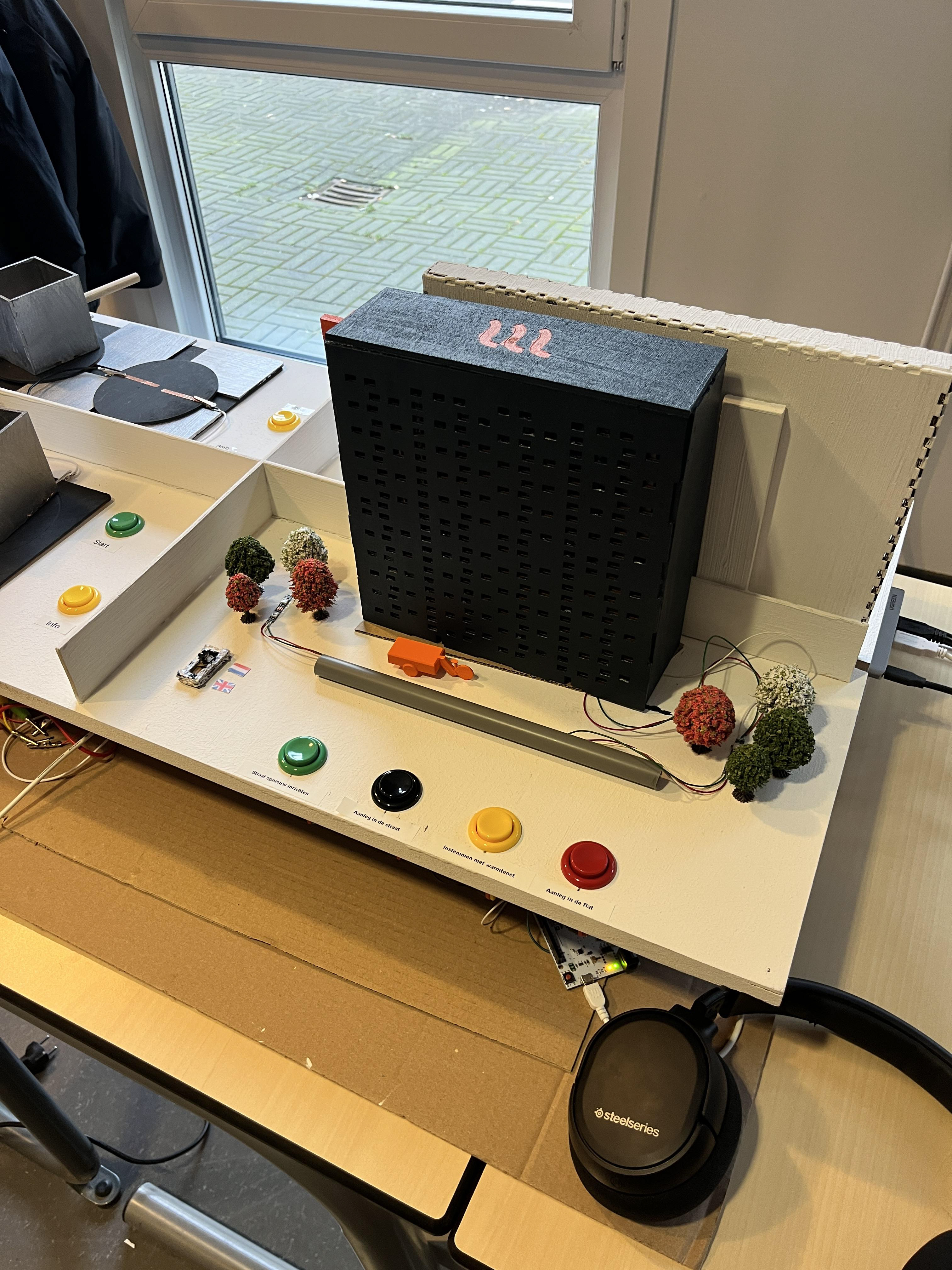
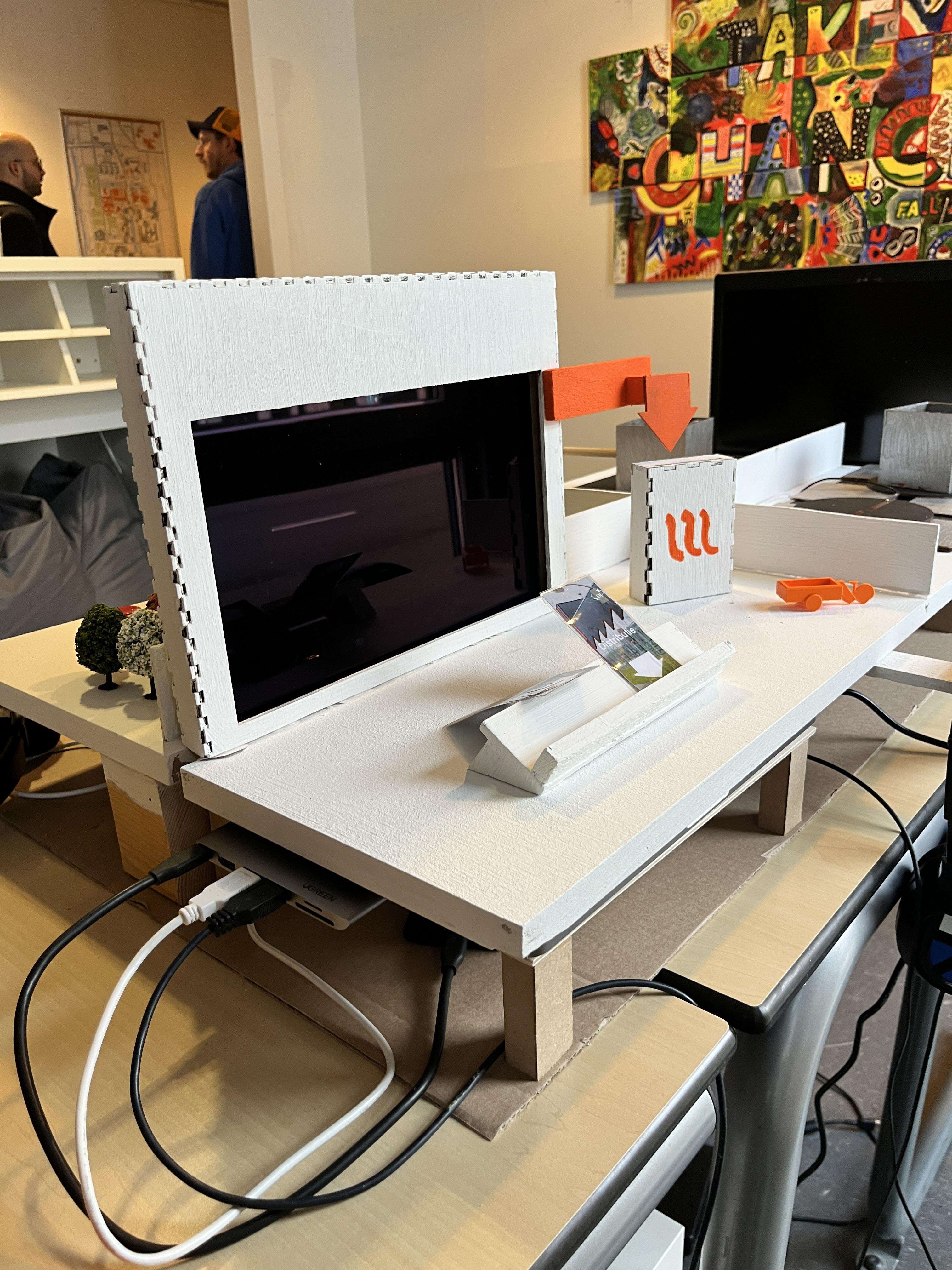
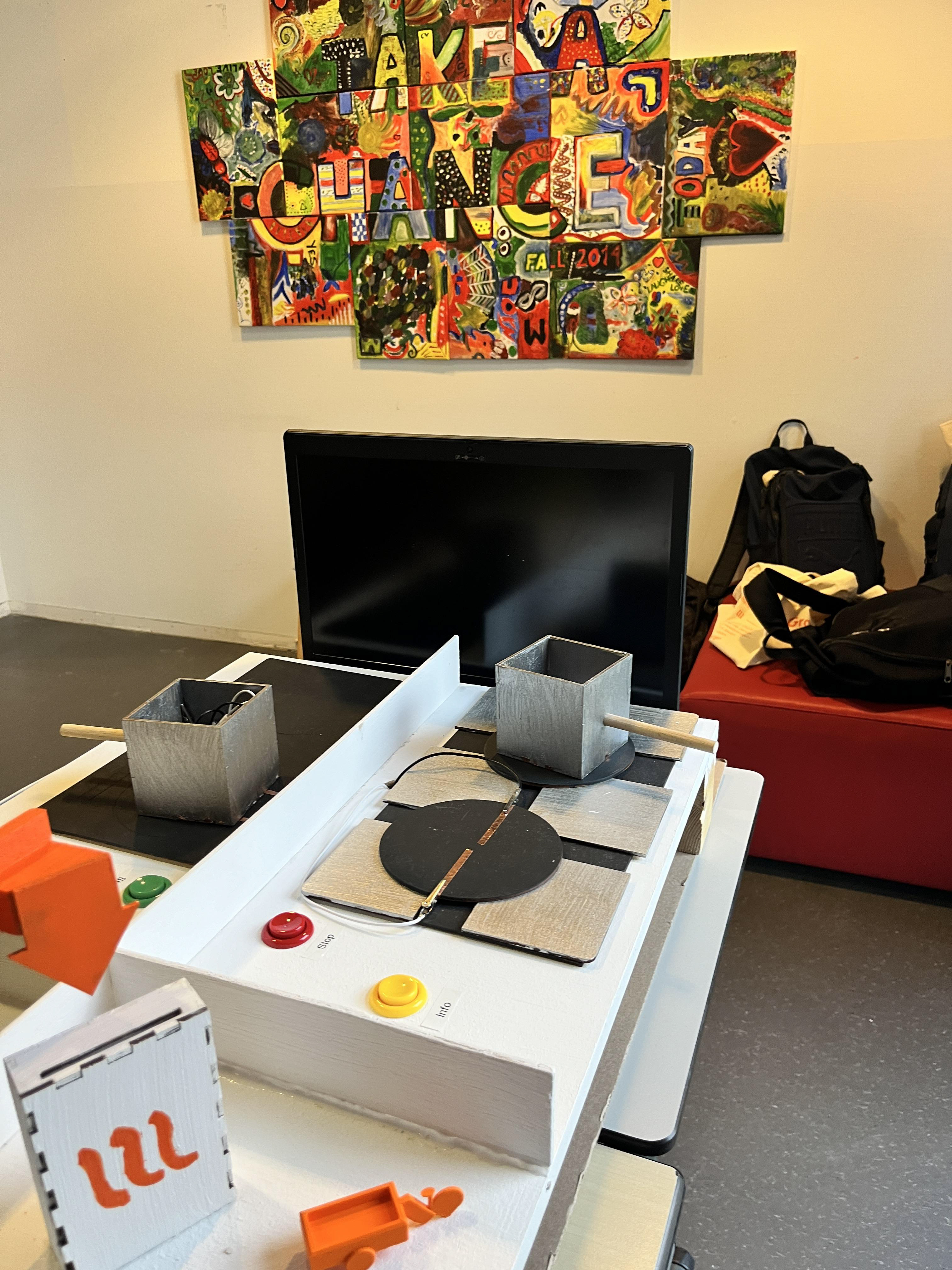
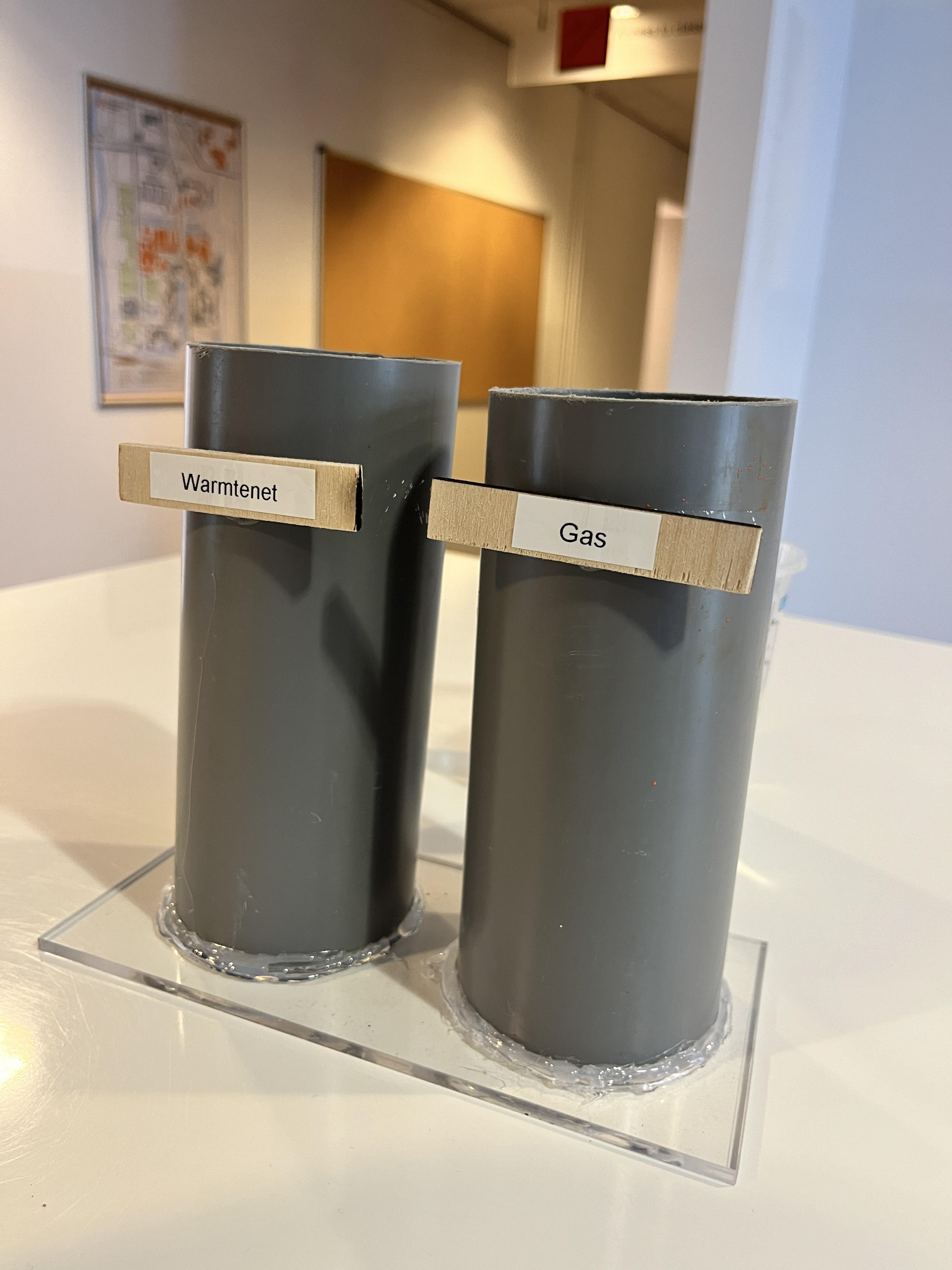
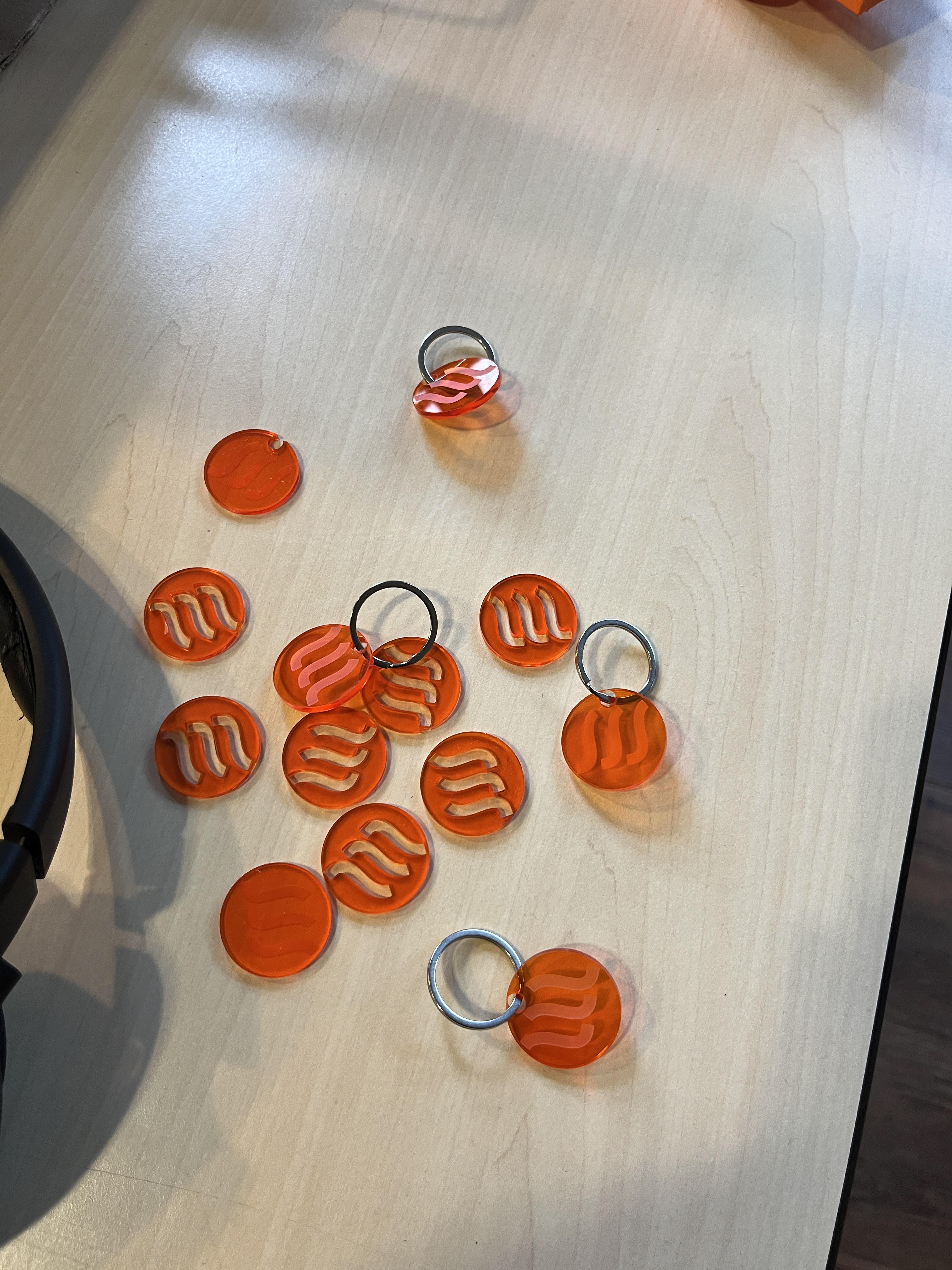
Problem Statement
WarmteStad wants to install a district heating network in the neighborhoods of Selwerd, Paddepoel, and Vinkhuizen, located in the city of Groningen. According to the client, these are some of the poorer areas of the city, where many residents have low literacy levels or a migration background.
The owners of private homes are already willing to participate, as are the owners of rental properties. However, some of the tenants themselves are not fully on board. Among them are people who struggle with the Dutch language, have low literacy, are stubborn, or simply don’t like having people in their homes.
Our task is to inform this target group in a fun, interactive, and informative way about how the district heating system works, and how we can fully explain the process to them.
An added goal is to convince them to join the district heating network. We are free to choose the format for our installation.
Excitement Point Point
Everyone has been informed that they can vote on whether pipelines for the district heating network should be installed, but they don’t understand what it’s all about.
Due to the language barrier caused by low literacy or a migration background, they are unable to find sufficient information online.
Due to the language barrier caused by low literacy or a migration background, they are unable to find sufficient information online.
Entry Point
People suddenly see a large, bright orange cargo bike in different places—such as in the middle of the street, in a shopping center, and so on.
This might spark curiosity, especially when they notice the WarmteStad logo on it. They walk over to see what it is.
This might spark curiosity, especially when they notice the WarmteStad logo on it. They walk over to see what it is.
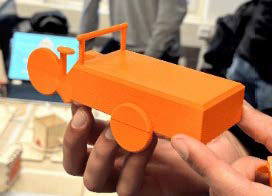
A small scale 3D printed model of the cargo bike.
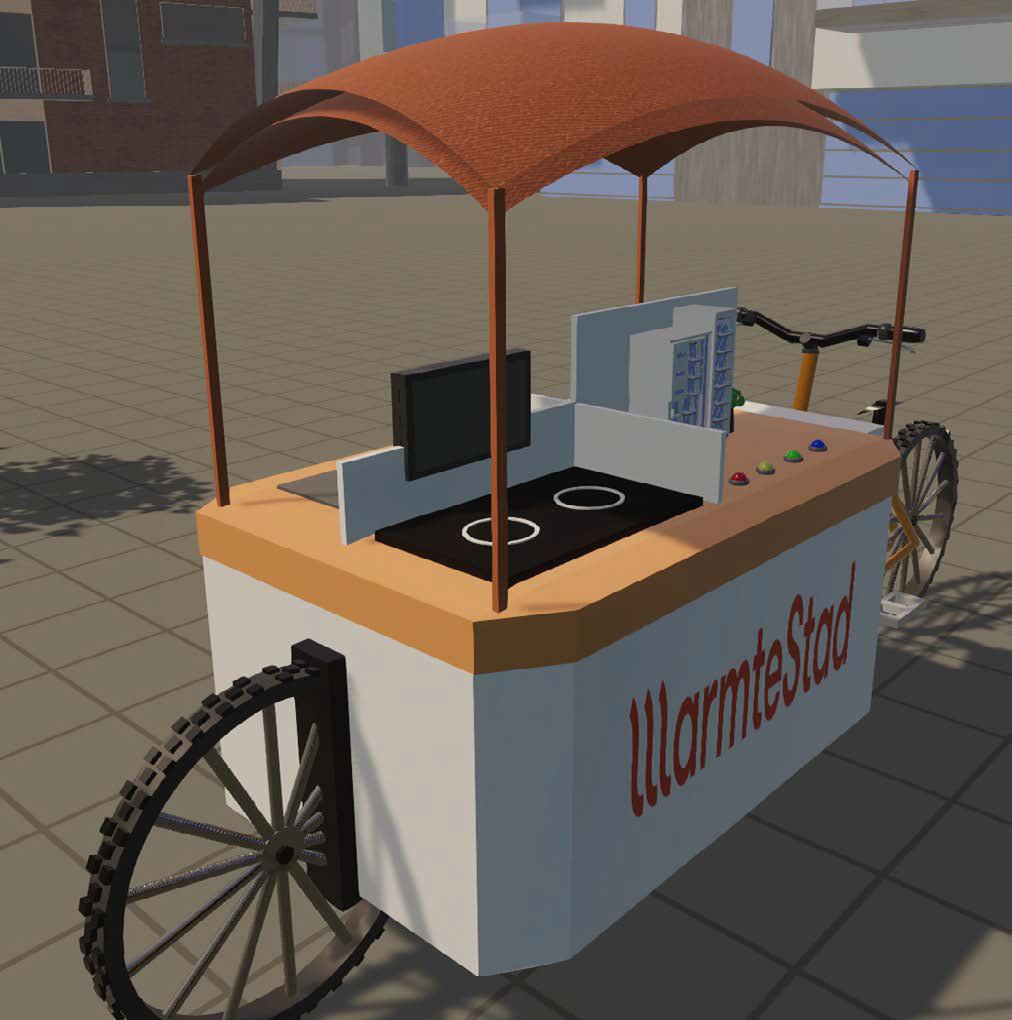
A digital 3D design of the cargo bike.
Engagement Point
When they approach the cargo bike, they see various installations on it, along with a WarmteStad employee.
The employee explains that there are three installations the visitor can interact with. These are designed to clearly explain what the district heating network is—accessible even for those facing a language barrier.
The employee explains that there are three installations the visitor can interact with. These are designed to clearly explain what the district heating network is—accessible even for those facing a language barrier.
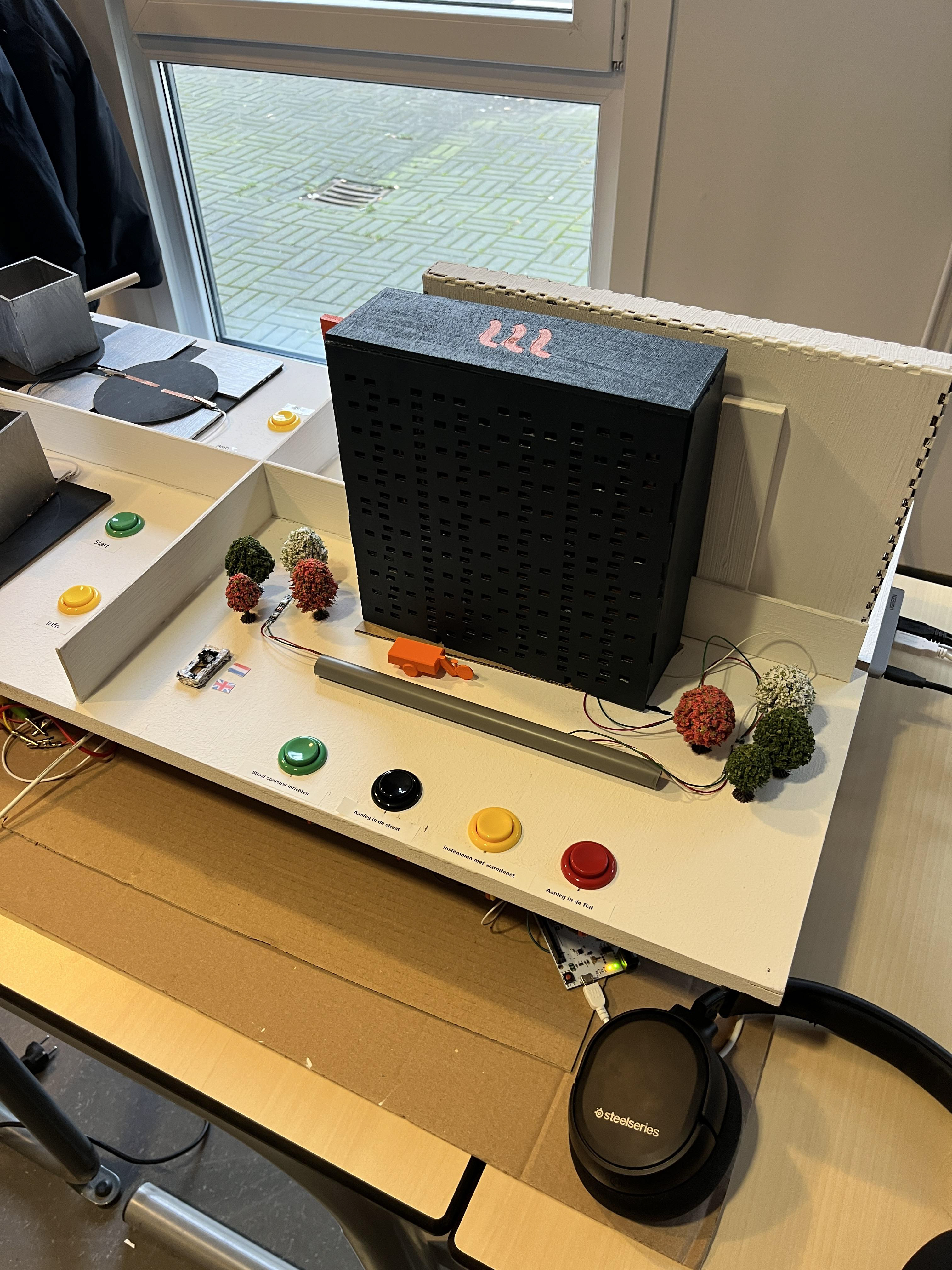
A small scale apartment building that gives explanations of how the procces of the installation of induction stove works, by pressing the colored buttons.
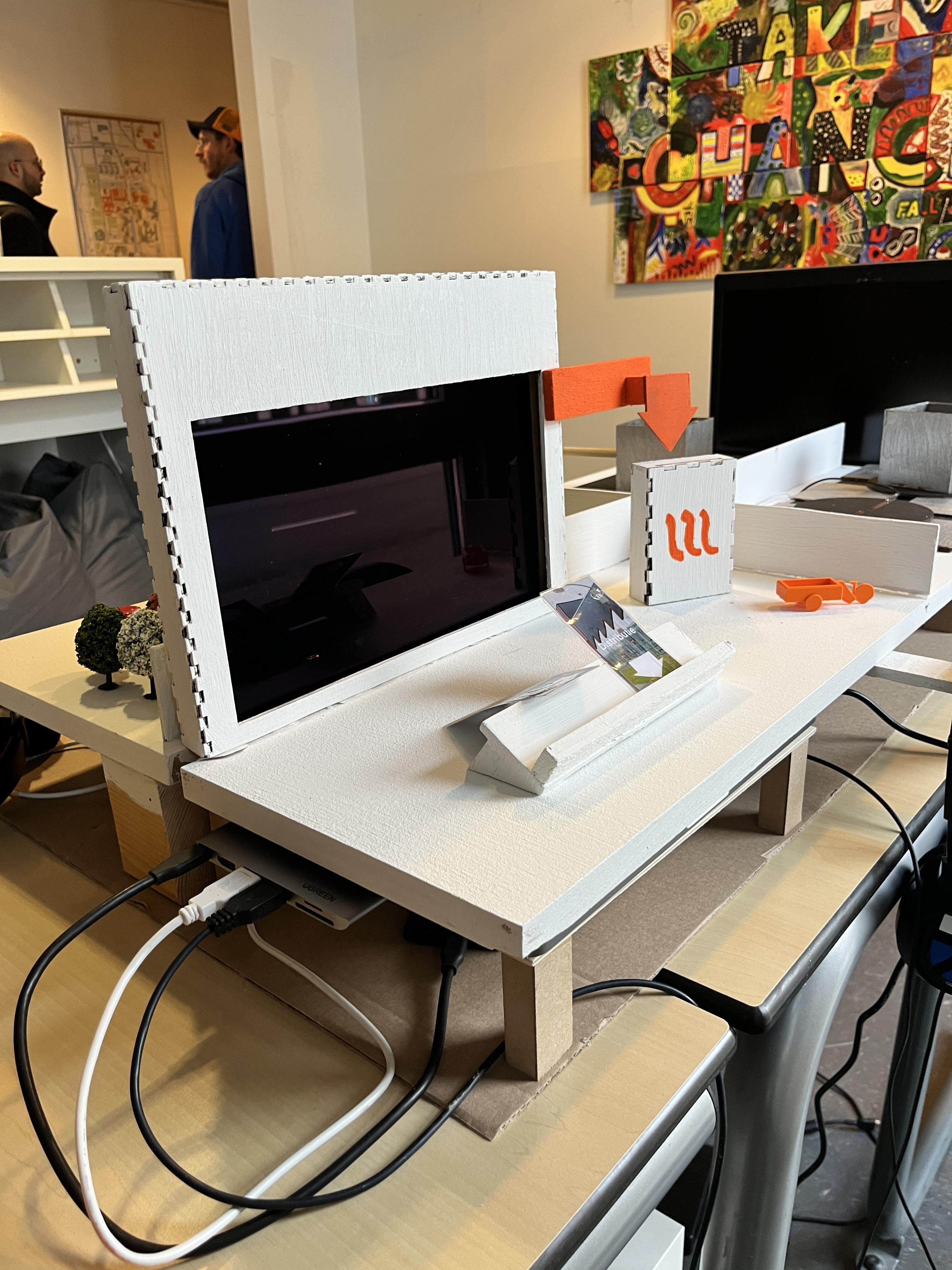
A screen that gives shows explanation videos when a card is put against a card holder, explaining complicated proccesses around the subject of induction stoves.
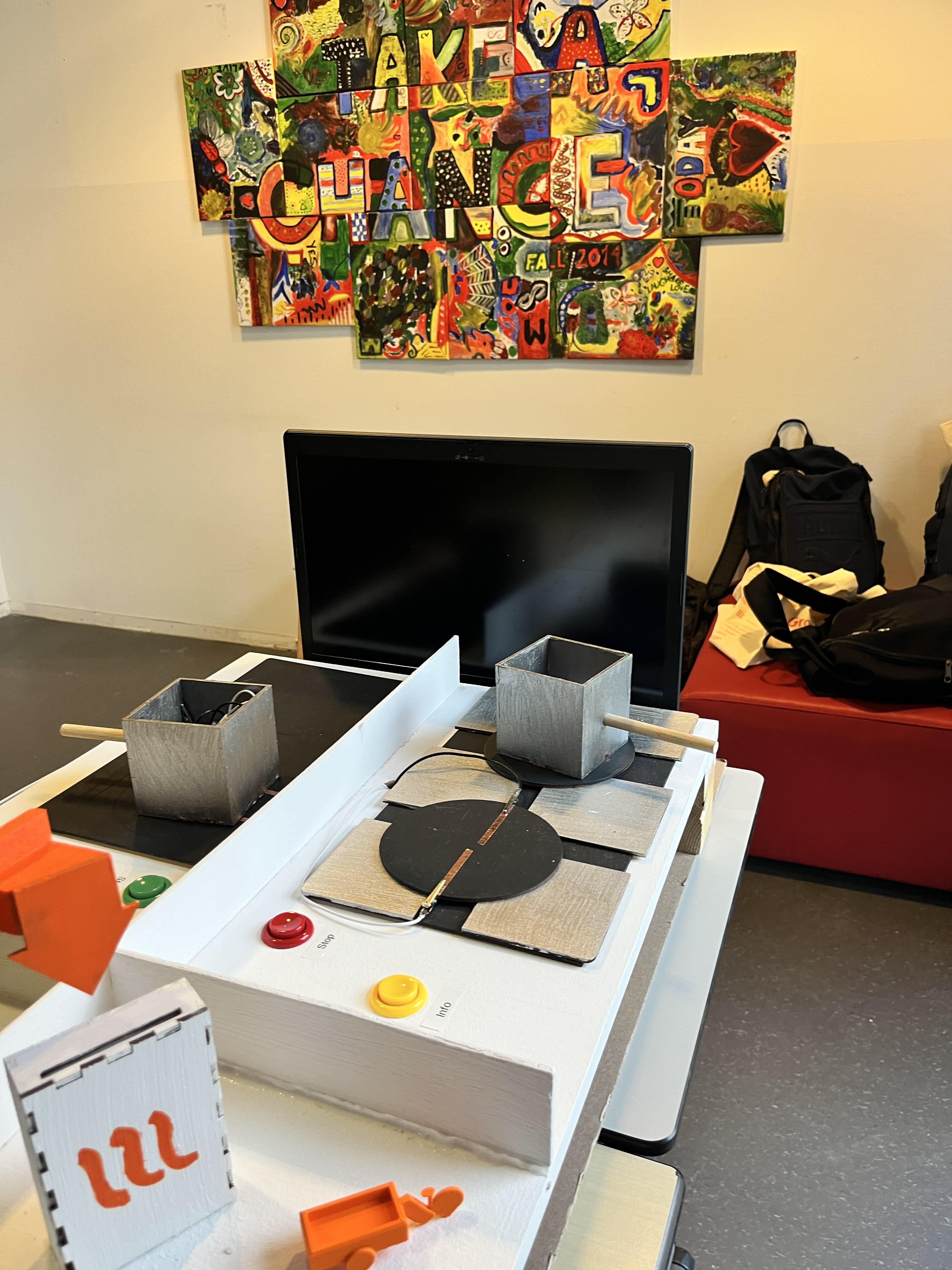
A 'Kitchen Battle' that shows the difference in costs and CO2 emission between a gas stove and an induction stove across the timespan of 1 year.
A demonstration of the video that is shown when the 'Kitchen Battle' is started.
Exit Point
Once the visitor has completed all the installations, they can cast a symbolic vote on whether or not they support the district heating network.
There are two tubes: one labeled “Gas” and one labeled “Warmtenet”(district heating). People receive a cup of water, which they can pour into one of the tubes to vote. If they’re still unsure, they can split the water between both tubes to reflect their doubts.
There are two tubes: one labeled “Gas” and one labeled “Warmtenet”(district heating). People receive a cup of water, which they can pour into one of the tubes to vote. If they’re still unsure, they can split the water between both tubes to reflect their doubts.
Extention Point
After casting their vote and just before heading home, the visitor receives two things from the employee:
A flyer with a brief explanation of how to officially cast their vote, serving as a reminder from the installation.
And a keychain they can attach to their keys—so that every time they grab their keys, they’ll be reminded of the day they visited that unusual orange cargo bike.
A flyer with a brief explanation of how to officially cast their vote, serving as a reminder from the installation.
And a keychain they can attach to their keys—so that every time they grab their keys, they’ll be reminded of the day they visited that unusual orange cargo bike.
